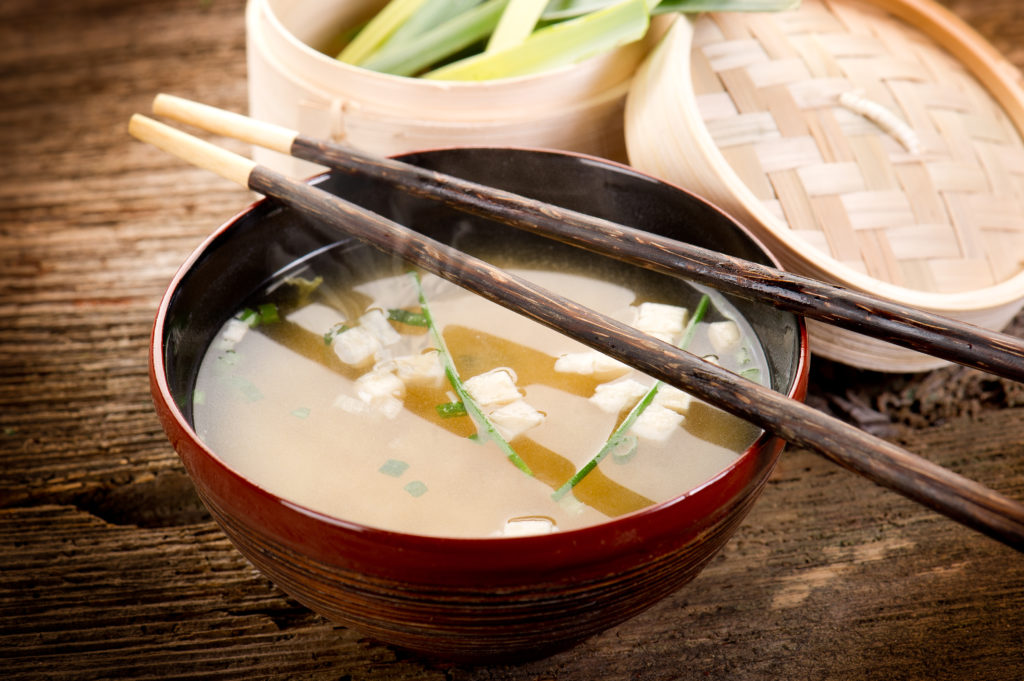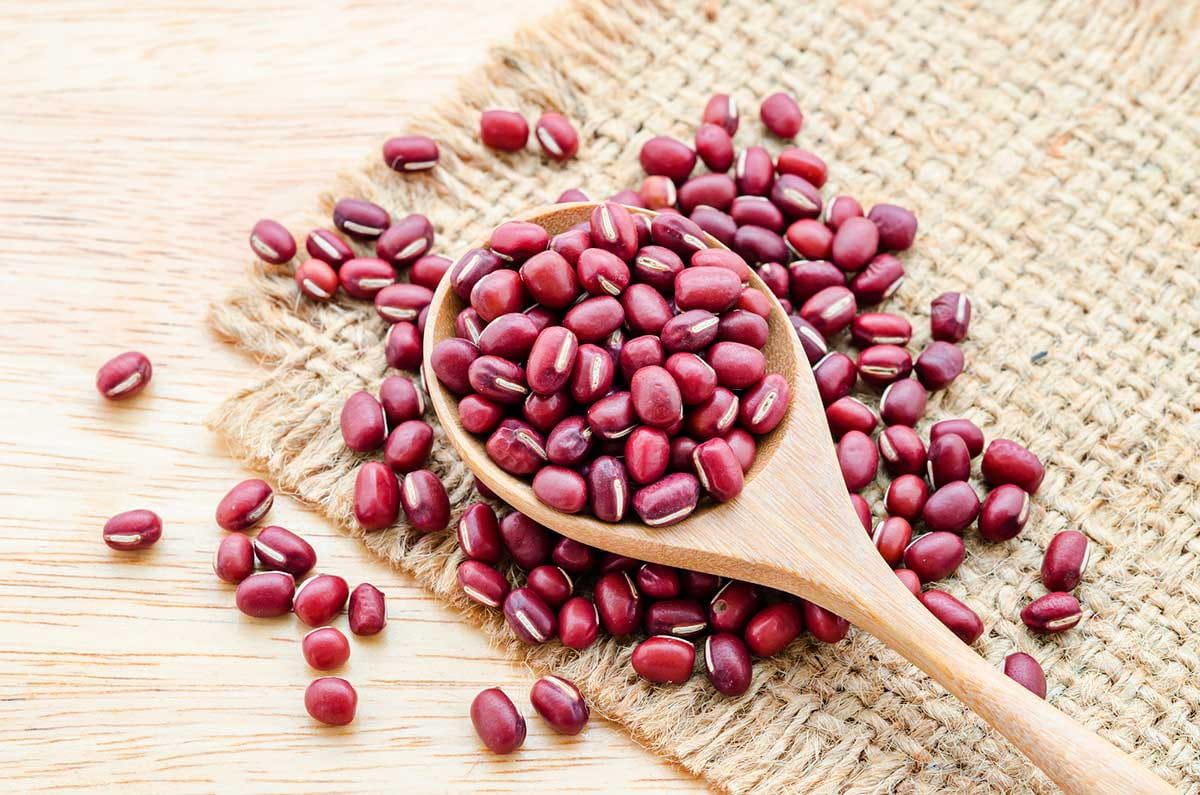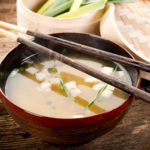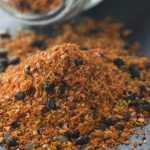After the holidays and the eternal New Year’s Eve meals, one of the most mentioned resolutions for 2022 is to keep in shape and start a healthy diet. That’s why, from Oriental Market, we bring you the Asian detox solution to achieve it: miso soup.
The main characteristic of Asian cuisine is that it uses many cleansing components, which is why it is considered one of the healthiest diets, followed by the Mediterranean diet. Dishes are free of saturated fats, food is steamed, boiled or sautéed with very little oil. They incorporate almost no dairy products, but a large amount of eggs, fish, poultry and seafood as the main source of energy. In addition, they are generally characterised by very little sugar in their desserts (apart from fruit), and vegetables and pulses play a key role.
To celebrate the start of the new year, the gastronomic influencer Sue Moya prepared a miso soup recipe step by step for the programme Directe Catalunya on 8tv in the new Take Away corner of Oriental Market, where she explained all the benefits that this simple dish can bring to our organism.
What are the benefits of miso soup?
Miso soup is a cleansing dish that helps our entire system and its consumption has the following positive benefits:
Controls high cholesterol levels: Miso contains soybeans rich in lecithin, a plant-based substance that helps to strengthen blood vessels and reduce cholesterol. Also, thanks to its component of omega-3 and healthy fats, it helps to regulate high cholesterol levels.
Supports digestive processes: The fermentation process in miso production promotes levels of beneficial bacteria, known as probiotics. These bacteria are believed to help a variety of health problems, including digestion and intestinal health. Its high content of digestive enzymes and fibre helps to balance the intestinal flora and regulate the digestive system.
Regulates cardiovascular disease: Miso soup may reduce the risk of death from heart disease. Un estudio mostró que los niveles más altos de isoflavonas (un tipo de suplemento nutricional que se encuentra en la familia de las leguminosas) se correlacionaron con un menor riesgo de accidentes cerebrovasculares y ataques cardíacos en algunas mujeres japonesas.
Improve immune function: As a rich source of probiotic bacteria, miso may support immune function and help fight infection. El consumo regular de una variedad de alimentos fermentados como el miso puede minimizar su necesidad de terapia con antibióticos para combatir infecciones. Aun así, se necesitan también más estudios para evaluar dichos beneficios.
Reduces allergies and cancer: Persistent consumption of miso is thought to potentially reduce the risk of certain types of cancer, including breast cancer. Esto se debe al contenido de isoflavonas de la pasta. El miso también es una rica fuente de antioxidantes protectores que pueden respaldar aún más su función protectora en esta área, factor que reduce la vejez. Sin embargo, se necesitan aún más estudios.
Improves mental health: Recent advances in gut-brain connectivity support the recipe of miso soup and, in particular, the consumption of fermented foods in cognitive health. Its consumption helps reduce anxiety and depression. Also, soy is known to contain acetylcholine, which can help memory, and vitamin B, which can help relieve stress.
Nutritional value
This food is a great source of nutrients and protein for our body, in particular, when digesting a portion of miso soup we also get:
- Iron
- Copper
- Calcium
- B complex vitamins
- Potassium
- Vitamin K
- Sodium
- Zinc
- Manganese
This is why it is an essential part of our balanced diet.
Buy miso in our online shop
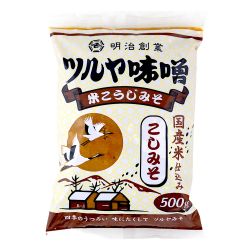
Miso rojo Tsuruya Kome Koshi 500g
3,45 €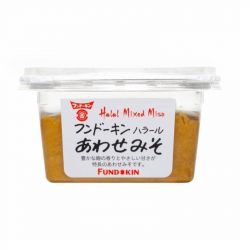
Pasta miso mixto halal (FUNDOKIN) 250g
5,69 €
Pasta miso de cebada halal (FUNDOKIN) 250g
5,69 €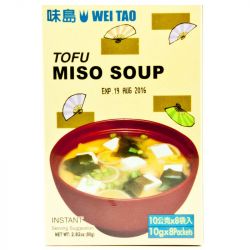
Sopa de miso con tofu (WEI TAO) 8 sobresx10g
6,69 €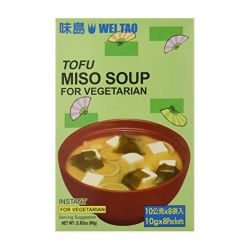
Sopa Miso Vegetariana (WEI TAO) 80g (8 sobres)
7,99 €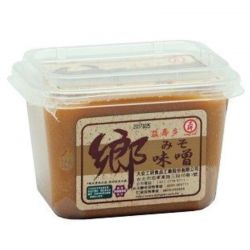
Miso blanco 500g
4,09 €
What is miso soup?
Miso soup is a traditional Japanese soup made from miso paste, dashi (broth) and additional ingredients such as vegetables, seaweed and tofu.
Miso means “fermented beans” in Japanese, an essential ingredient in Japanese diets. The origins of miso soup are believed to be in China, but the dish was introduced to Japan around 1300 years ago by Buddhists. It was made from fermented mixtures of salt, grains and soybeans to preserve food for months.
Since then miso has been a mainstay of Asian cuisine, featuring a variety of ingredients such as rice, sweet white miso from Kyoto, soybeans or barley.
Types of miso soup
- White miso (shiro)
Made from soybeans and rice, fermented for a maximum of two months. Shiro, which means white in Japanese, is light in colour and has a sweet but slightly salty taste. Shiro is a very versatile miso, it can be served with salads or stir-fried vegetables. - Yellow miso (shinsu)
Mild miso soup, in this case, is fermented a little longer than white miso. Yellow miso is suitable for a wide range of recipes. - Red miso (alias)
If you want a dark miso recipe, then red miso is the dish for you. Reddish in colour, this type is made with a higher proportion of soybeans, fermented for up to three years and has a much saltier, fuller-bodied flavour. Its full flavour is best used in hearty dishes such as stews and tomato sauces, though its flavour can dominate over. - Barley stew (mugi)
Made from barley and soybeans, mugi miso tends to have a longer fermentation process than most white misos, more like red miso. It has a strong barley aroma, but is still mild and slightly sweet in taste.

